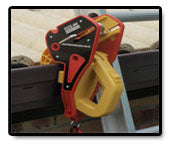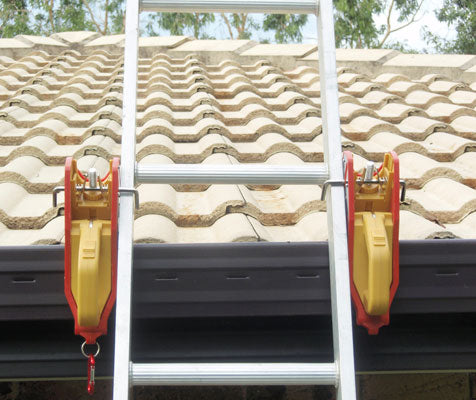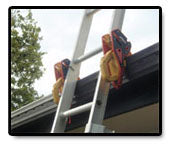Working At Heights

The latest requirements in ladder safety
With so many preventable workplace accidents occurring every day, it’s essential that you understand your legal obligations to your employees when they are working at heights. Although the legislation is different in every state and territory, some key themes exist as outlined below.

When working at heights in Australia:
- ladder safety is relevant to a wide range of individuals and corporate entities including employers, employees, contractors and the self-employed;
- The use of appropriate height safety equipment is a general requirement of all safety authorities;
- Adequate training in the use of height safety equipment needs to be provided to workers;
- Guidelines or ‘Codes of Practice’ are often utilised to recommend ‘minimum’ ladder safety requirements needed to meet legal obligations under relevant legislation; and
- On a more specific note, there is a consistent requirement for single or extension ladders to be secured at the workplace.

So how can Lock Jaw Ladder Grip help?
The above height safety requirements can often be addressed in whole or part by the use of appropriate height safety equipment. Lock Jaw Ladder Grip was specifically designed to assist in meeting legal requirements associated with the securing of single or extension ladders to guttering. Legal issues aside, an investment in the Lock Jaw Ladder Grip will assist in preventing the distress associated with ladder related injury in the home or workplace









